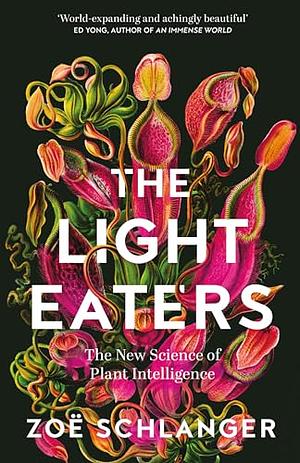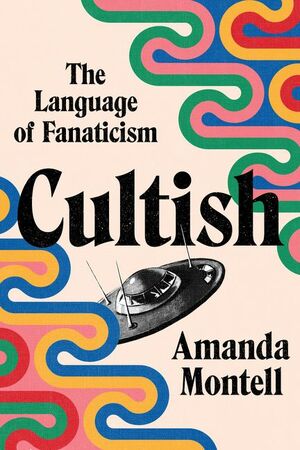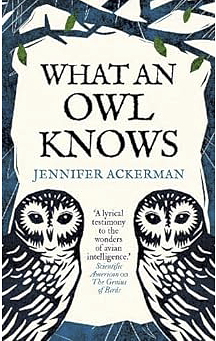
The Other Olympians: A True Story of Gender, Fascism and the Making of Modern Sport
by Michael Waters
Genres: History, Non-fictionPages: 354
Rating:

Synopsis:In December 1935, Zdenek Koubek, one of the most famous sprinters in European women’s sports, declared he was now living as a man. Around the same time, the celebrated British field athlete Mark Weston, also assigned female at birth, announced that he, too, was a man. Periodicals and radio programs across the world carried the news; both became global celebrities. A few decades later, they were all but forgotten. And in the wake of their transitions, what could have been a push toward equality became instead, through a confluence of bureaucracy, war, and sheer happenstance, the exact the now all-too-familiar panic around trans, intersex, and gender nonconforming athletes.
In The Other Olympians, Michael Waters uncovers, for the first time, the gripping true stories of Koubek, Weston, and other pioneering trans and intersex athletes from their era. With dogged research and cinematic flair, Waters also tracks how International Olympic Committee members ignored Nazi Germany’s atrocities in order to pull off the Berlin Games, a partnership that ultimately influenced the IOC’s nearly century-long obsession with surveilling and cataloging gender. Immersive and revelatory, "The Other Olympians" is a groundbreaking, hidden-in-the-archives marvel, an inspiring call for equality, and an essential contribution toward understanding the contemporary culture wars over gender in sports.
The problem with Michael Waters’ The Other Olympians, for me, was that it necessitates a fair bit of context around the history of the modern Olympics, the people involved in it, and the beginning of women’s sports. I’m not terribly interested in sports history per se, so mileage will vary on this, and I did appreciate Waters’ clear laying out of the sequence of events. It’s deeply relevant to the question, after all, because one of the issues about women’s sport in the first place was the worry that it would make women unfeminine, or even turn them into men.
I’m also not a huge fan of history about WWII — I think it’s important, don’t get me wrong, but it’s not a topic that has ever really held my imagination. And of course that context was important too.
What I did really love, though, was the introduction to athletes like Zdeněk Koubek and Mark Weston, their careers and how they conceived of their identities. Michael Waters is careful to try to talk about them in ways that are respectful, but it’s difficult to be sure how they would have identified now (e.g. with the greater ability to form communities, the potential to have identified as intersex or non-binary, and simply language change). He always refers to them as men, and uses the preferred form of their names (i.e. for Koubek it’s the masculine form, not “Koubková”), though where sources are quoted, he uses the original wording where necessary.
It’s really chilling how things have turned out, when you read about the initial acceptance of Koubek and Waters. They were accepted as men pretty easily in social terms, and their papers were changed for them, etc. There was always some hostility, of course, but the general tone set (at least according to Waters’ work) was positive, supportive even.
And then, of course, Nazism, and the introduction of sex testing in sport. It wasn’t just the Nazis, to be fair: Avery Brundage was also mad about women’s sports in general because he didn’t find female athletes attractive, and was especially keen to weed out the most inattractive ones. But Nazism provided significant pressure to do this, and it’s been accepted ever since.
Waters rightly points out that half the problem is the premise that “men” and “women” are two entirely discrete and unchangeable categories. This is ridiculous, and testing in sport serves to highlight that: people who have never doubted their sex discover, on an international stage, that they are intersex. The illusion falls apart: it turns out that sex characteristics can vary wildly from person to person, and people can live whole lives without realising that actually they have three chromosomes, or XY chromosomes despite appearing to be totally female, etc. Sex testing falls down as a concept when you can barely define exactly what you’re testing and what the results should mean: is a person with XY chromosomes who looks “like a woman”, has female genitalia and menstruates actually a man, because they have XY chromosomes? That’s what people who want to define sex based on chromosomes seem to believe, but it doesn’t really make sense: that person may never know they have XY chromosomes, and live a life fully experienced as a woman!
Sadly, some people will never be convinced. But if you’re interested in the topic, it’s worth reading a little of the history.
Rating: 5/5












